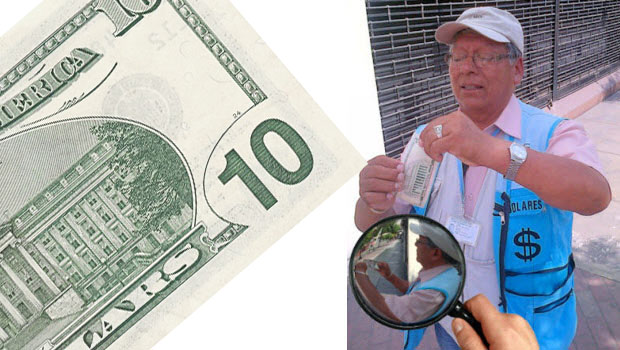
You can use US Dollars in Peru, but…
Travel advisory about using U.S. dollars in Peru: bring crisp, new U.S. dollar bills for your vacation.
Yes, that’s right. It’s a fact that in Peru these days you may encounter seemingly ultra-finicky bank tellers and money changers who refuse to accept U.S. currency based on the slightest imperfection, real or imagined.
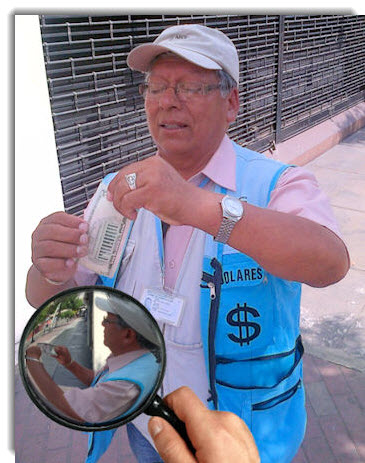
Conversely, if a Peruvian automatic teller machine spits out a $20, $50 or $100 that shows any sign of wear, present it immediately to a teller with your receipt slip and demand a pristine replacement.
Don’t be shy. They’ll understand and should help you out without an argument.
Doing so, you’ll avoid problems with cashiers and waiters later on.
It’s not that Peruvians are acting out of a mass compulsive disorder, or even paranoia that your bills are fake — although that is a consideration. (Bills that are torn, heavily worn, or marked are often rejected because it is harder to spot counterfeits. Verifying security features is easier with newer, undamaged notes.)
The point is, these tellers and shop owners aren’t trying to make your life difficult. They are just following orders from on high. So don’t skimp on tipping your waiter after a great meal out of annoyance.
Why is it so important to carry flawless dollar bills for travel in Peru?
We first started warning our clients about using only clean, crisp dollars in 2013. That’s when Peru’s Central Reserve Bank launched a de-dollarization program aimed at reducing the economy’s reliance on foreign currency.
Back then, one of the results of Peru’s sustained, 13-year economic growth was the national currency, the Sol, had appreciated in value against an ever abundant supply of weakening U.S. dollars and Euros.
Peru’s Central Reserve Bank needed to prevent the Sol from strengthening too much, lest Peru’s exports became more expensive and less competitive in international markets.
De-dollarization measures included increasing reserve requirements on foreign currency liabilities and promoting loans in local currency.
Peru also started amassing giant quantities of dollar reserves in multi-billion dollar spurts.
The Central Reserve Bank bought up $2.2 billion worth of U.S. dollars in the foreign exchange market in September and October of 2023.
But why do the U.S. dollars used in Peru need to be pristine?
Simply put, the banks are willing to accept only the most pristine U.S. bills because they’ll hold their value longer — in other words, Peru wants the green backs that literally have the longest life before they fray or rip.
So, if you’re bringing cash, make it a wad of impeccable dollar bills. Any U.S. bill with the slightest tear, or even deep crease, might not be accepted.
Another option for American travelers to Peru is to use a credit card. Visa and Master Card generally provide decent exchange rates.
But be sure to shop around and get a card that does not charge a foreign finance fee for purchases made outside the United States. Also, don’t forget to inform your bank of your travel plans to prevent red flags, security alerts and service interruptions.
 How common is altitude sickness in Cusco?
How common is altitude sickness in Cusco?  Get Inca Trail Reservations in Advance with Fertur Peru Travel
Get Inca Trail Reservations in Advance with Fertur Peru Travel  Volunteering and donating for positive change in Peru
Volunteering and donating for positive change in Peru 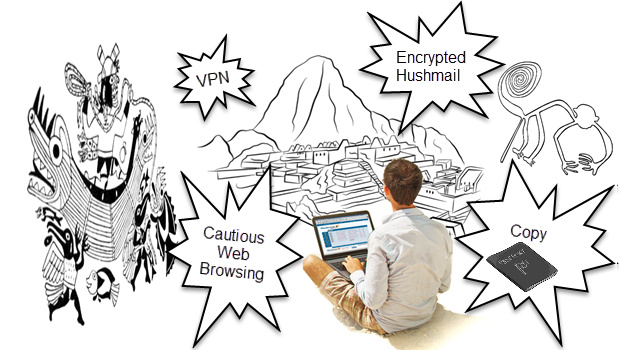 TIPS FOR THE “FERTUR PERU TRAVELER” #101 & #102 :
TIPS FOR THE “FERTUR PERU TRAVELER” #101 & #102 : 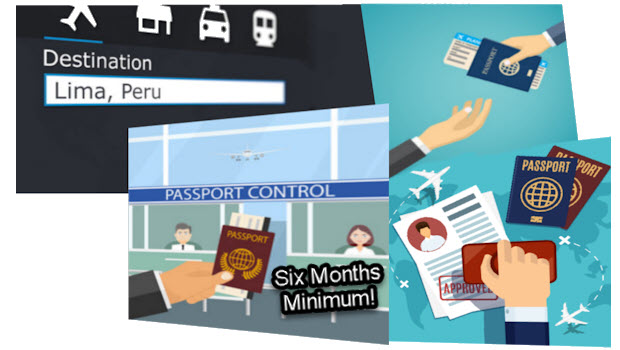 Peru Will Enforce 6-Month Passport Rule
Peru Will Enforce 6-Month Passport Rule 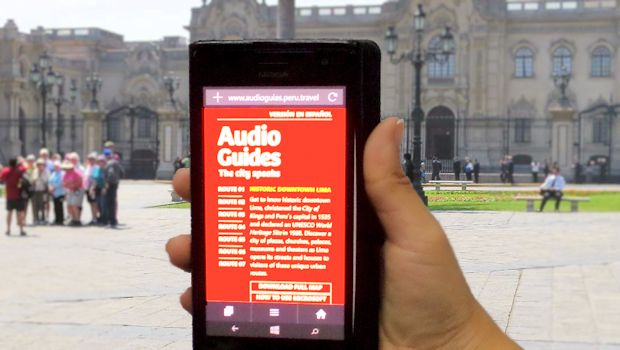 Download free audio tours of the Historic Center of Lima
Download free audio tours of the Historic Center of Lima 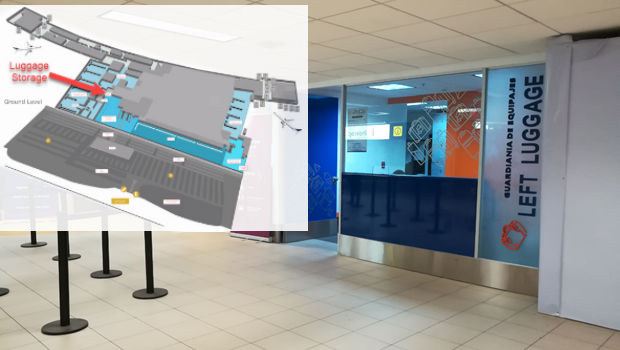 Luggage storage at Lima’s Jorge Chavez International Airport
Luggage storage at Lima’s Jorge Chavez International Airport 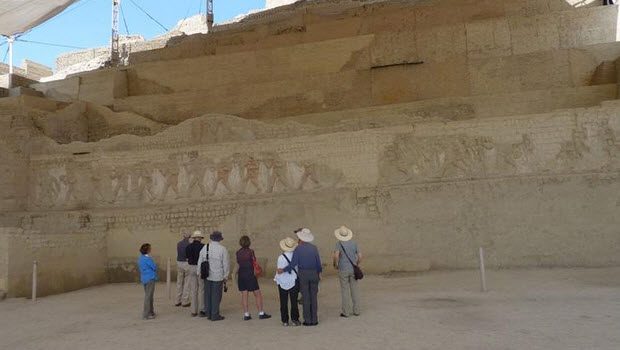 When the rains come early to Cusco, consider the Moche Trail alternative
When the rains come early to Cusco, consider the Moche Trail alternative